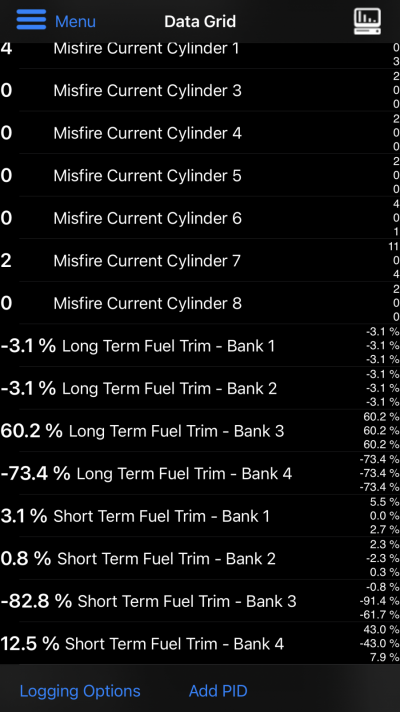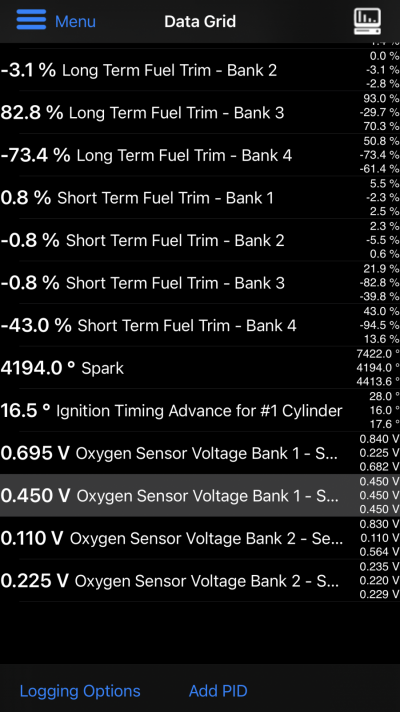There are alot of things that can turn the oil pump shaft, such as a steel ruler from a 12 " square. Even your scanner shows you are a tooth off.
What I have noticed on these is that oil pump shaft usually advances when dist removed. I think it may be a Preload/backlash reaction or just removing from the gear too fast.Only once have I restabbed a new dist without moving oil pump.
Line up exactly on Triangle8. Leave dist hold down only slightly loose, just enough to be able to turn it with 2 hands. Set CMP Retard and tighten fully.
What I have noticed on these is that oil pump shaft usually advances when dist removed. I think it may be a Preload/backlash reaction or just removing from the gear too fast.Only once have I restabbed a new dist without moving oil pump.
Line up exactly on Triangle8. Leave dist hold down only slightly loose, just enough to be able to turn it with 2 hands. Set CMP Retard and tighten fully.



